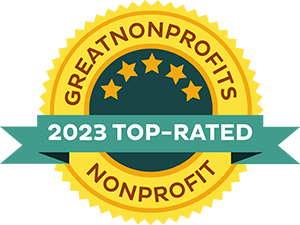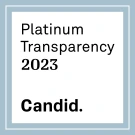New Yorkers value justice, fairness, and equal opportunity. But our broken justice system undermines these values. On any given day in New York State, approximately 25,000 people are detained in local jails; nearly 70 percent of them —about 16,000 people—are in jail pretrial.1 This means they have not been convicted of a crime—they have only been charged with a crime, are presumed innocent, and are awaiting their day in court. Most are sitting in jail pretrial because they cannot afford to pay cash bail.
©2022 Katal Center for Equity, Health, and Justice · Privacy Policy · Registered 501(c)(3). EIN: 81-1323278

